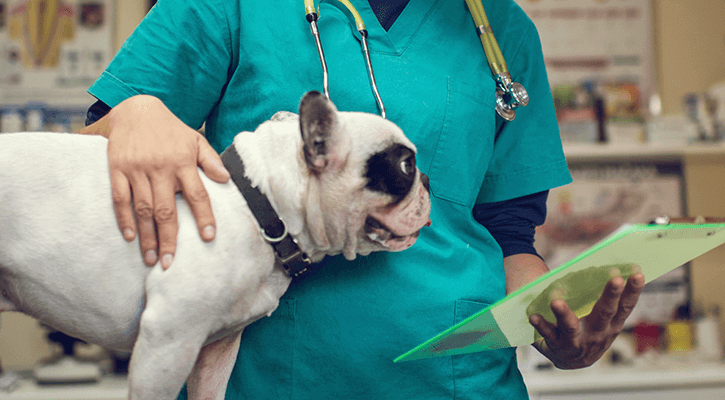Surgery

Surgery is often the most effective way to treat many serious injuries and disorders, and Grayling Hospital for Animals is proud to offer state-of-the-art facilities and equipment. Our hospital provides a full range of pet surgical services ranging from standard spaying and neutering to advanced, highly specialized procedures.
Surgeries We Specialize In
Surgery specialties
- Soft-tissue
- Orthopedic
- Dental
- Foreign body removal
Patient safety and comfort is our main priority. Grayling Hospital for Animals’s experienced veterinary anesthesiologists provide skilled pain management during and after all surgical procedures, ensuring your pet recovers quickly and with minimum discomfort.
Our veterinary team will walk you through the entire process, giving you the tools to make informed decisions regarding your pet’s treatment options. We understand pet surgery is a stressful time for any owner, and we’re available every step of the way to answer questions and put your mind at ease.
Pet Surgery in Grayling, MI
If you are considering veterinary surgery for your pet, please contact us at 989-348-8622 to schedule a consultation with your Grayling Hospital for Animals veterinarian.
Alternatives to Declawing
Scratching is a normal behavior of cats. It conditions the claws, serves as a visual and scent territorial marker, allows the cat to defend itself, and provides healthy muscle engagement through stretching. In many cases, a cat can be trained to scratch only appropriate surfaces. However, a cat’s excessive or inappropriate scratching behavior can become destructive or cause injury to people in the home.
Alternative Options Include
- Providing appropriate scratching surfaces, such as dedicated posts and boards that are tall enough to encourage full stretching. What constitutes an attractive surface or location varies by cat, so don’t be afraid to get creative! Scenting with catnip may help too.
- Frequent nail trims – every 1-2 weeks
- Nail caps – replaced every 4-6 weeks
- Positive reinforcement training, beginning with kitten kindergarten if available
- Pheromone sprays and/or plug-ins
- Discourage use of inappropriate surfaces by attaching sticky tape or tinfoil
- Punishment is not an effective deterrent
Learn more about declawing and why we recommend against this elective procedure, please visit: catscratching.com
